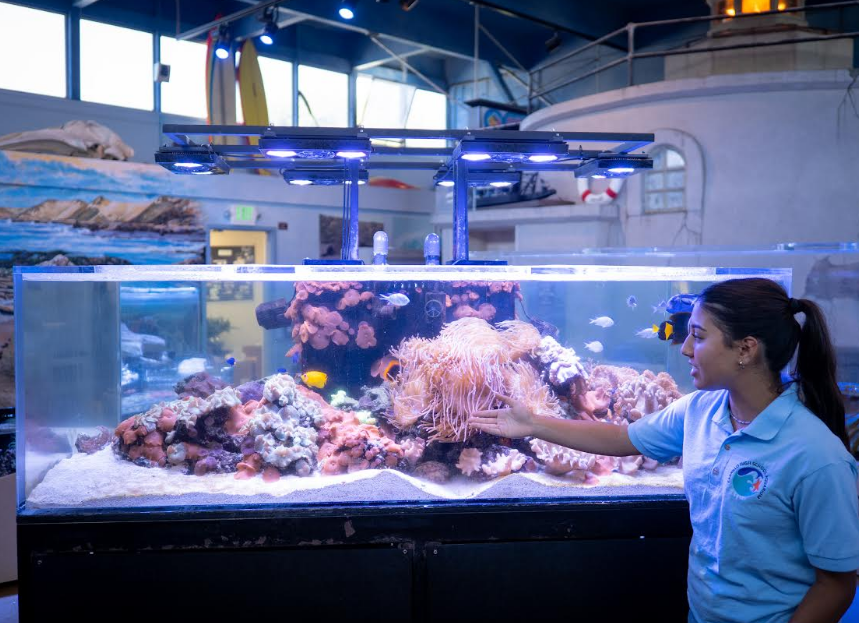
- Details
- By Native News Online Staff
Students in Santa Barbara County schools in California will have additional technology to use thanks to the Santa Ynez Band of Chumash Indians Foundation, which donated $72,000 to six area schools that applied for grants through its Technology in Schools Program for the 2023-24 school year.
Santa Barbara County school administrators and faculty were afforded the opportunity to apply for technology grant dollars to fund specific projects. These grants let schools purchase hardware, upgrade infrastructure, add high-tech resources and boost their curriculum.
“We are proud to help these six schools enhance their students’ educational experience through our Tech in Schools Program,” Kenneth Kahn, tribal chairman for the Santa Ynez Band of Chumash Indians said. “It’s great to see the innovative ways teachers and administrators in our community use technology to support their key programs and keep their students engaged.”
One grant recipient is Cabrillo High School that was awarded $10,000. The school will use this funding to purchase and install a Neptune Systems monitoring system for a proposed reef exhibit in the school’s aquarium, part of the program’s Coastal Gallery Project. Through its aquarium, the school aims to promote cross-curricular, hands-on education and strives to emphasize its message of global marine awareness throughout the international community.
The Technology in Schools Program began in 2015 when the Santa Ynez Band of Chumash Indians donated the proceeds from its annual charity golf tournament to four local schools in the form of technology grants. Inspired by the success of those grants,
The tribe’s leadership decided to create the Technology in Schools Program through its foundation to help fulfill the high-tech needs of classrooms in Santa Barbara County. Since its inception, the program has now issued more than $470,000 in grants to area schools.
More Stories Like This
Native Students Can Win $5,000 Scholarship, International Distribution in Pendleton Design ContestAmerican Indian College Fund Raises Alarm Over Plan to Shift Native Programs Away From the Dept. of Education
MacKenzie Scott Foundation Gives $5 Million Contribution to Little Priest Tribal College
Tribal Leaders Push Back on Dismantling of U.S. Department of Education
American Indian College Fund Names 12 Student Ambassadors for 2025–26
Help us defend tribal sovereignty.
At Native News Online, our mission is rooted in telling the stories that strengthen sovereignty and uplift Indigenous voices — not just at year’s end, but every single day.
Because of your generosity last year, we were able to keep our reporters on the ground in tribal communities, at national gatherings and in the halls of Congress — covering the issues that matter most to Indian Country: sovereignty, culture, education, health and economic opportunity.
That support sustained us through a tough year in 2025. Now, as we look to the year ahead, we need your help right now to ensure warrior journalism remains strong — reporting that defends tribal sovereignty, amplifies Native truth, and holds power accountable.
 The stakes couldn't be higher. Your support keeps Native voices heard, Native stories told and Native sovereignty defended.
The stakes couldn't be higher. Your support keeps Native voices heard, Native stories told and Native sovereignty defended.
Stand with Warrior Journalism today.
Levi Rickert (Potawatomi), Editor & Publisher


